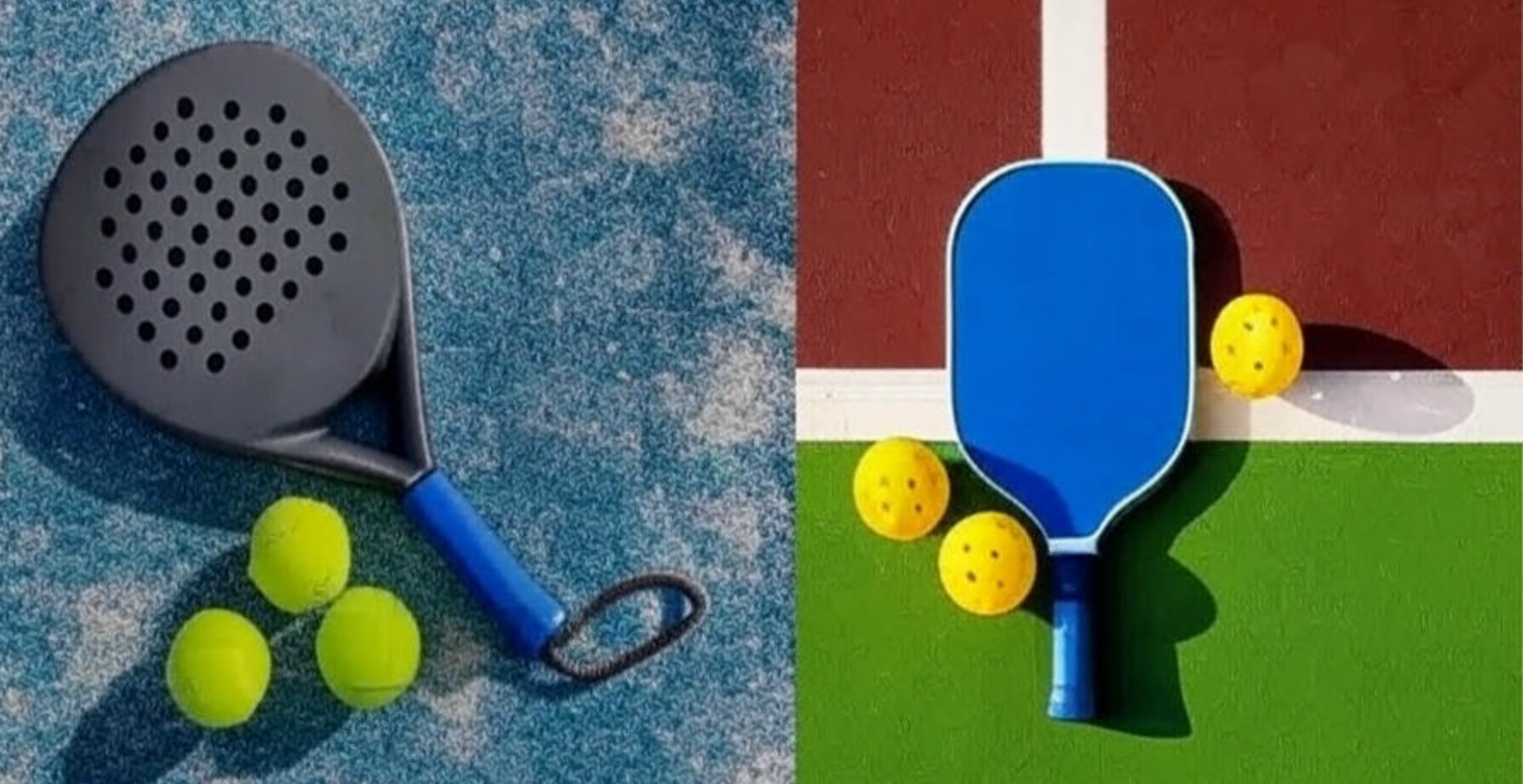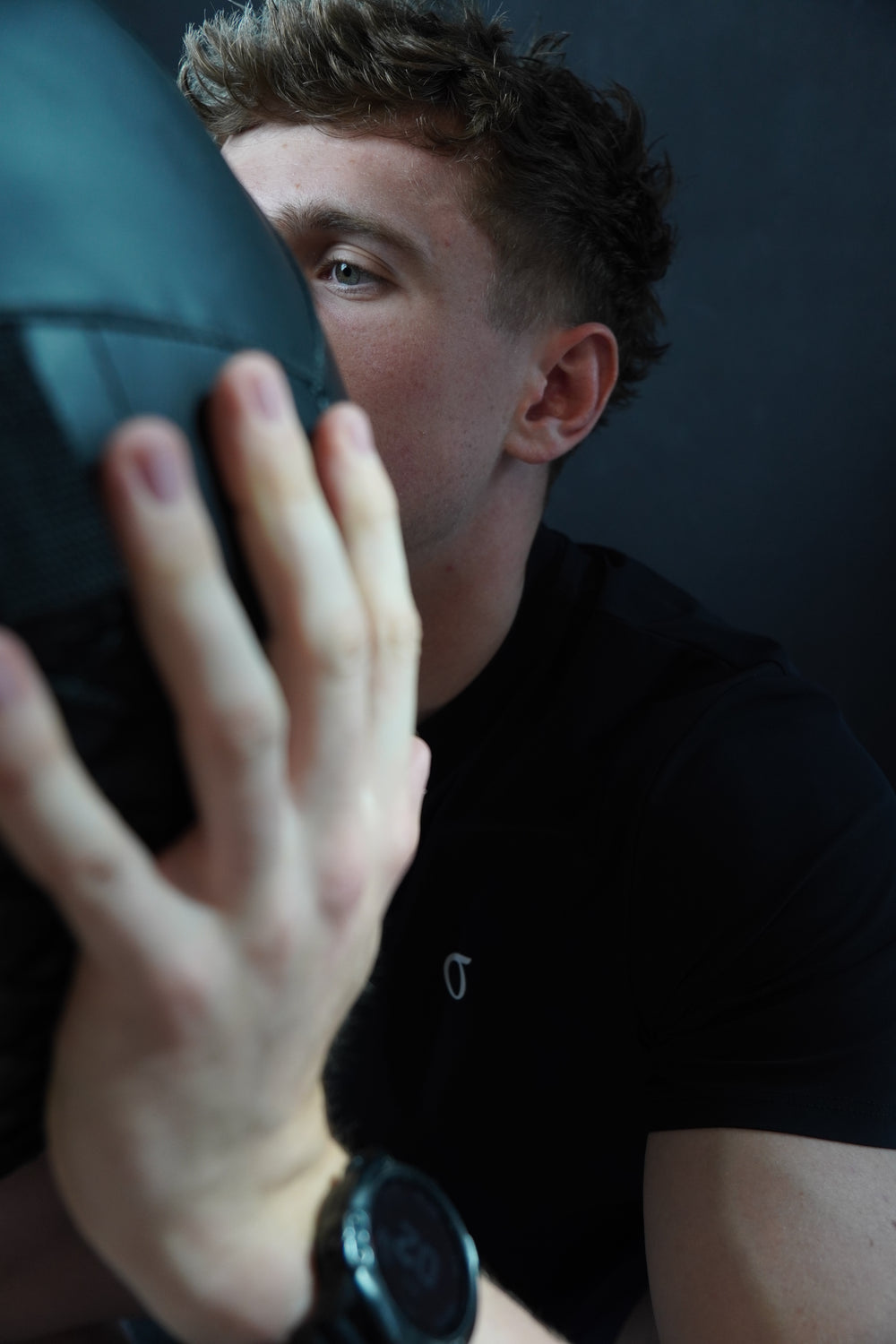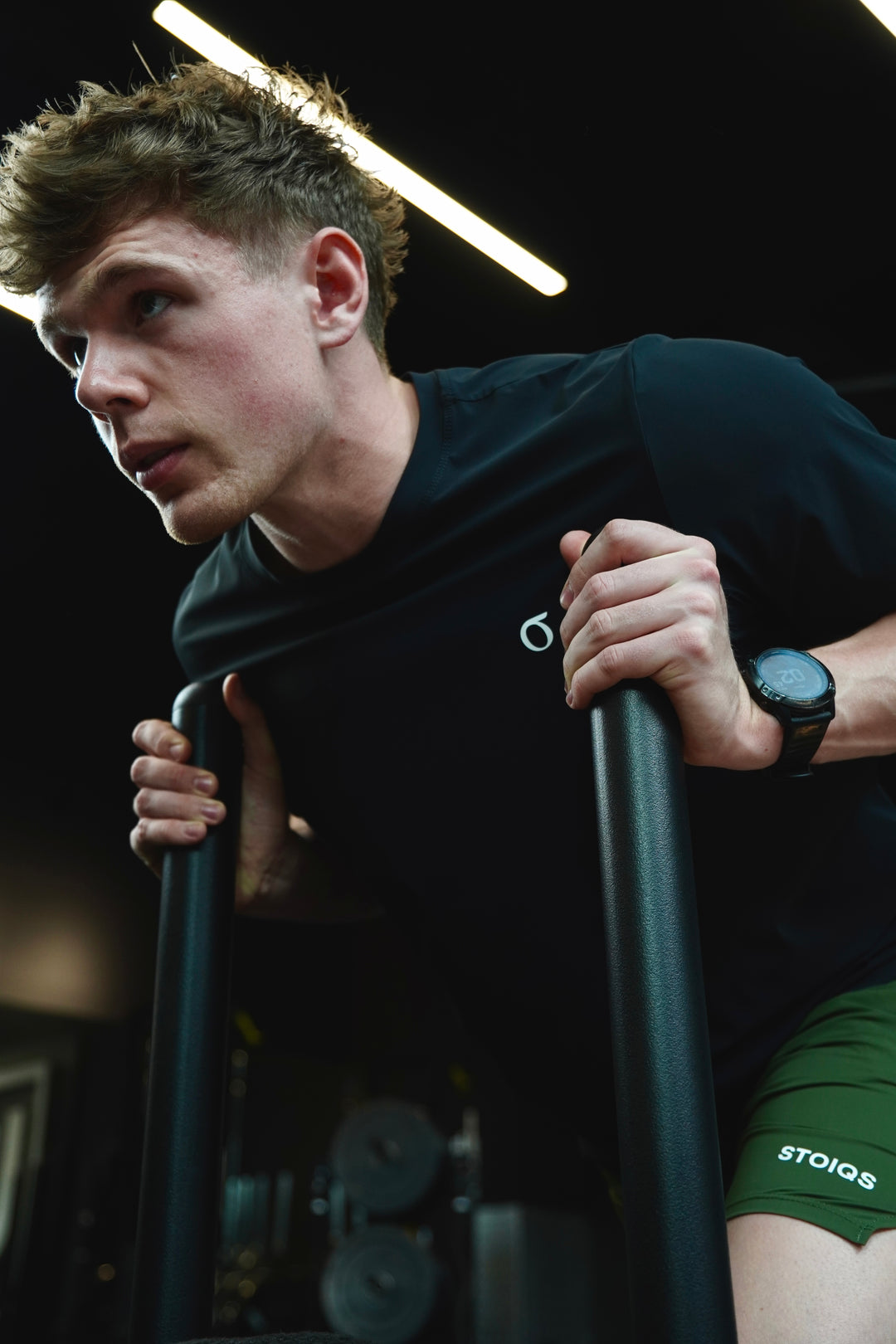Pickleball vs. Padel: What’s the Difference and Why It Matters

Fresh off our deep dive into pickleball’s 2025 surge, we’re tackling a question that’s buzzing on courts and social media feeds alike: what’s the deal with pickleball and padel? These paddle sports are stealing the fitness spotlight, drawing everyone from weekend warriors to pro athletes. Both are fun, social, and exploding in popularity, but they’re not twins—think cousins with distinct vibes. In this post, we’ll break down what pickleball and padel are, highlight their key differences, drop some wild facts, and explore why knowing the distinction matters for your game. Plus, we’ll show why Stoiqs’ sustainable, London-made sportswear is your go-to for dominating either court. Let’s smash into it.
Pickleball 101: A Quick Recap
Since we’ve already covered pickleball’s rise, here’s the short version: born in 1965 on Bainbridge Island, Washington, it’s a paddle sport mixing tennis, badminton, and table tennis.

Played on a 20x44-foot court (like a badminton court), you use solid paddles to hit a perforated plastic ball over a low net. It’s easy to learn, low-impact, and thrives on doubles play, making it a social hit. The game rewards strategy—think dinks (soft shots) and volleys—with a no-volley “kitchen” zone near the net adding a unique twist. Pickleball’s accessibility and community vibe have made it America’s fastest-growing sport, and it’s spreading globally.
Padel 101: The Walled Court Wonder
Padel, less familiar to some, is a racquet sport born in 1969 in Acapulco, Mexico, when Enrique Corcuera built a court with walls to keep balls in play. Think of it as a tennis-squash hybrid, played on a 33x66-foot enclosed court with glass walls and a net in the middle.

You use solid, stringless racquets (thicker than pickleball paddles) to hit a depressurised tennis ball. The walls are part of the game—you can bounce shots off them like squash, adding wild angles and rallies. Usually played in doubles, padel emphasises teamwork, quick reflexes, and spin-heavy shots. It’s huge in Spain, Latin America, and now the UK, with courts popping up in London like never before.
Pickleball vs. Padel: The Key Differences
While pickleball and padel share a paddle-sport DNA, they’re distinct beasts. Here’s how they stack up to help you pick your poison or gear up for both.
Court and Setting: Pickleball’s court is smaller (20x44 feet) and open, like a badminton setup, with no walls to influence play. Padel’s larger (33x66 feet) enclosed court uses glass walls and wire mesh, letting players use rebounds for creative shots. Pickleball feels compact and controlled; padel’s walls make it chaotic and dynamic.
Equipment: Pickleball paddles are solid, rectangular, and made of wood or composite materials, paired with a perforated ball. Padel racquets are smaller, thicker, and often perforated, using a softer tennis ball. Pickleball gear is lighter, favouring quick wrist flicks; padel’s heftier racquets demand more arm power.
Gameplay and Rules: Pickleball has a unique “kitchen” (7-foot no-volley zone near the net), encouraging soft, strategic shots like dinks. Scoring is to 11 (win by 2), rally-point style, and serves are underhand. Padel allows wall play, making rallies longer and more tactical, with tennis-like overhand serves and scoring (sets to 6 games). Pickleball’s simpler rules suit beginners; padel’s complexity rewards experience.
Physical Demands: Pickleball is low-impact, with shorter movements ideal for all ages—33% of core players are over 65. Padel’s larger court and wall-based play require more running and reflexes, leaning toward younger or fitter players (average age 35, per International Padel Federation).
Culture and Vibe: Pickleball’s community is laid-back, with a backyard-party feel, thriving in the U.S. and spreading to the UK. Padel’s got a sleek, upscale vibe, rooted in European and Latin American club culture, with a posher edge in places like London’s Canary Wharf courts.
Choosing between them depends on your style: pickleball for quick, accessible fun; padel for intense, tactical rallies. Many players dabble in both, as they share a social, addictive energy.
Fascinating Facts About Pickleball and Padel
These sports aren’t just fun—they’re cultural juggernauts with some wild stats. Pickleball saw 19.8 million U.S. players in 2024, a 45.8% jump from 2023, making it America’s fastest-growing sport for four years running, per the SFIA Topline Report 2025. Courts are everywhere—68,458 in the U.S. alone, with a 55% yearly increase. Globally, it’s booming in Canada, Australia, and even Thailand.
Padel’s no slouch either. It’s the world’s fastest-growing racquet sport, with 25 million players across 90 countries in 2024, per the International Padel Federation. Spain leads with 6 million players, but the UK’s catching up, with 400 courts built by 2025, a 200% spike since 2023. Padel’s pro circuit, Premier Padel, draws stars like Juan Lebrón, and its events are pulling 20,000 fans in cities like Madrid.
Why the Difference Matters for Players
Understanding pickleball vs. padel isn’t just trivia—it shapes your game and gear. Pickleball’s smaller court and simpler rules make it a quick pickup for beginners or older players, with less running but plenty of strategy. Its low-impact nature (burning 8-10 calories per minute) suits casual fitness fans. Padel’s larger court and wall play crank up the intensity, burning 10-12 calories per minute, and demand sharper reflexes and teamwork. If you’re after a fast-learning, chill vibe, pickleball’s your jam. If you crave longer rallies and a tactical edge, padel’s calling.
The differences also hit your training. Pickleball hones precision and wrist control for dinks; padel builds endurance and spin mastery for wall shots. Cross-playing both can level up your agility and court IQ, as many UK clubs now offer dual facilities. Knowing the vibe helps you pick the right community—pickleball’s backyard parties or padel’s upscale clubs—and the right kit, since each sport demands specific apparel features to shine.
What Pickleball and Padel Players Need in Their Gear
Both sports demand sportswear that matches their pace and vibe. Pickleball’s quick lateral moves and dinks need lightweight, moisture-wicking fabrics to stay dry, with four-way stretch for wristy shots and short sprints. Deep pockets in shorts are clutch for extra balls, and grippy waistbands prevent slipping during volleys. Padel’s longer rallies and bigger court call for durable fabrics to handle wall-shot friction and more running, plus breathable designs with mesh panels for sweaty matches. UV protection is key for both, as outdoor courts dominate (80% of pickleball, 60% of padel).
Why Stoiqs is Your Court MVP
For pickleball and padel players, Stoiqs is the sportswear that powers your game. Crafted in London, our gear blends performance, sustainability, and style to keep you dominating on any court. Our gear is built to last, handling pickleball’s quick pivots or padel’s wall-banging rallies. Moisture-wicking, breathable fabrics keep you dry, four-way stretch lets you lunge or volley freely, and flat seams kill chafing. Deep pockets and grippy waistbands secure your essentials, while UPF 50+ protects on sunny courts. Our limited-run designs—bold for pickleball, sleek for padel—make you stand out, whether you’re in Shoreditch or a Miami club. Here's our top picks:
- Iron Will Shorts: The 7" Iron Will Relaxed Fit Shorts redefine comfort and performance. Crafted from sustainable, moisture-wicking ECONYL, these shorts keep you cool and dry during intense workouts. Designed for maximum mobility, they feature a a hidden zippered pocket for secure storage and a smooth, lightweight feel to ensure distraction-free focus at peak performance.
- True Grit Shorts: Our 9" fit, crafted from lightweight, state-of-the-art moisture-wicking fabric that keeps you cool and comfortable. The streamlined classic fit offers optimal mobility and breathability, with a hidden zippered pocket for secure storage. Designed for all athletes, these shorts provide a smooth, dry feel to enhance your focus during training.
- True Grit T-Shirt: Crafted from lightweight, moisture-wicking fabric that keeps you cool and dry. Its relaxed fit, with extra room through the chest and waist, ensures comfort, while underarm gussets enhance mobility for unrestricted movement. This T-Shirt is built to support your toughest training sessions.
- Iron Will T-Shirt: Our classic fit T-Shirt, crafted from a moisture-wicking, ultra-light premium fabric that keeps you cool and dry. Its form-fitting design fits athletes like a second skin, offering unrestricted mobility for court's high-intensity demands. With a soft, breathable texture, this T-Shirt is your go-to for performance and comfort. All our garments are UPF 50+ protection to keep you safe from harmful UV rays.
Whether you’re dinking in pickleball or smashing in padel, Stoiqs gear is your wingman, blending performance with values that match your hustle. It’s not just about playing—it’s about owning the court with purpose.
Pick Your Paddle, Pick Your Gear
Pickleball and padel are rewriting the fitness playbook, each with its own flavour of fun, strategy, and sweat. Knowing their differences helps you choose your vibe—or play both—and gear up right. Stoiqs performance sportswear is built for the unique demands of each, letting you swing, sprint, and shine with confidence.
Ready to rule the court? Grab Stoiqs’ latest collection and crush your next pickleball or padel session with style and grit.







